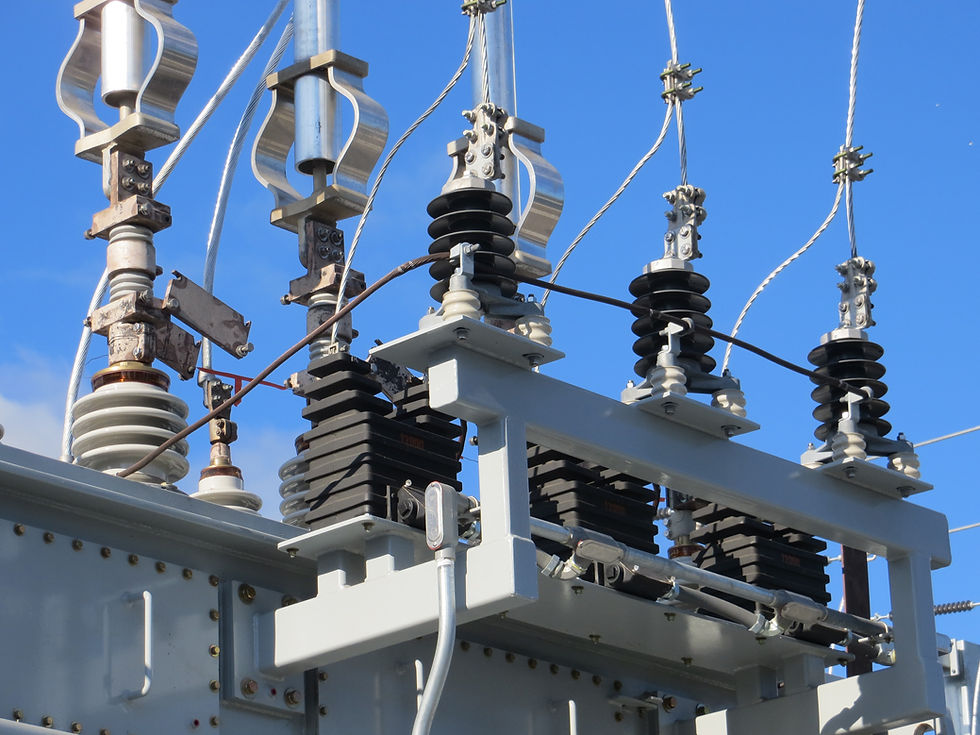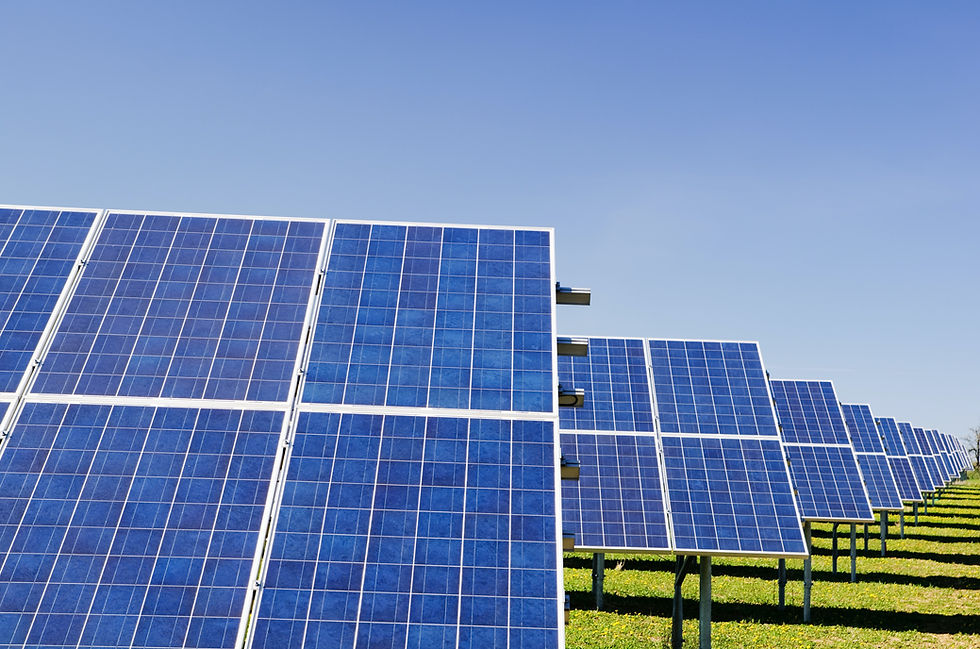#PheasantAerial #InfrastructureInspection #UtilityDrones #ConstructionDrones #EnergyDrones #TelecomDrones #SafetyFirst #EfficiencyInAction #CostEffectiveSolutions #RiskManagement #DataDrivenDecisions #DroneMarketGrowth #FutureOfDrones #InnovationInInspection #DroneInspections #AerialInspection #DroneTechnology #UAVInspection #DronesForGood
The white paper from Measure provides compelling evidence for the return on investment (ROI) of drone technology in the energy sector, which has significant implications for South Dakota and Sioux Falls. Let's explore how these insights could benefit our local energy infrastructure and economy.
South Dakota's Energy Landscape
South Dakota has a diverse energy portfolio, including hydroelectric power from the Missouri River dams, wind farms across the state, and a growing solar sector. Sioux Falls, as the largest city in the state, plays a crucial role in energy distribution and consumption. The adoption of drone technology for inspections could revolutionize how we maintain and optimize our energy infrastructure.

Transmission & Distribution (T&D) Inspections
The white paper highlights several scenarios where drones excel in T&D inspections. For South Dakota, with its vast rural areas and sometimes challenging terrain, these benefits are particularly relevant:
1. Spot Checks: As the paper notes, "With a drone and licensed pilot readily available, this can be accomplished in a matter of minutes." In Sioux Falls and surrounding areas, quick response to potential issues could significantly reduce downtime and improve service reliability.
2. Regular Ground Patrols: The ability to quickly deploy drones for detailed inspections without climbing or using bucket trucks is invaluable in our region, where weather conditions can change rapidly and make traditional inspection methods dangerous.
3. Substation Inspections: The paper quotes Stephen Dorsett from Indianapolis Power & Light: "Every time we fly, we're literally saving 2-3 days of work." For Sioux Falls' substations, this efficiency could translate to fewer service interruptions and lower maintenance costs.
4. Storm Restoration: South Dakota is prone to severe weather, including blizzards, thunderstorms, and occasional tornadoes. Drones can quickly survey large areas after a storm, allowing for faster and more efficient recovery efforts.

Wind Farm Inspections
South Dakota ranks among the top states for wind energy potential. The white paper's insights on wind turbine inspections are particularly relevant:
1. Efficiency: The paper states that "drones reduce man-hours and turbine downtime for maintenance checks by over 75%." For South Dakota's wind farms, this could mean significantly increased energy production and reduced maintenance costs.
2. Detailed Imagery: Drones can capture close-up, detailed imagery of potential defects on wind turbines. This level of detail is crucial for South Dakota's wind farms, which are exposed to harsh weather conditions that can accelerate wear and tear.
3. Safety: By eliminating the need for dangerous climbs, drone inspections align with South Dakota's commitment to worker safety in the energy sector.

Solar Inspections
While solar energy is still a growing sector in South Dakota, the benefits outlined in the white paper are promising for future development:
1. Cost Savings: The paper notes that "regular aerial thermographic drone inspections can save approximately $1,916 per MW per inspection compared to traditional field walks." As Sioux Falls and other parts of South Dakota invest in solar, these savings could make solar energy more economically viable.
2. Efficiency: Drones can inspect large solar arrays quickly and accurately, which is particularly beneficial for the wide-open spaces available in South Dakota for solar farms.
3. Detailed Analysis: The ability to manipulate drone data for analysis, such as understanding shading conditions throughout the year, could help optimize solar farm placement and design in South Dakota's unique climate.

ROI and Economic Impact
The white paper provides compelling statistics on the ROI of drone inspections, which could have significant economic implications for South Dakota:
1. Time Savings: With drones collecting data up to 10 times faster than ground-based methods, energy companies in Sioux Falls and across the state could dramatically increase their operational efficiency.
2. Cost Efficiency: The potential 40-60% cost reduction in inspections could make South Dakota's energy sector more competitive and potentially lead to lower energy costs for consumers.
3. Improved Asset Performance: By detecting issues early and accurately, drone inspections could help South Dakota's energy infrastructure operate at peak efficiency, potentially increasing the state's energy output and reliability.

Job Creation and Skill Development
Implementing drone inspection programs in South Dakota's energy sector could create new job opportunities:
1. Drone Pilots: There would be increased demand for FAA-certified drone pilots specializing in energy infrastructure inspections.
2. Data Analysts: The vast amount of data collected by drones requires skilled professionals to interpret and act upon the information.
3. Maintenance Technicians: With more precise information about infrastructure conditions, there could be an increased need for specialized maintenance personnel.

Environmental Benefits
Drone inspections align with South Dakota's commitment to environmental stewardship:
1. Reduced Carbon Footprint: By replacing helicopter inspections and reducing the need for vehicle-based inspections, drone programs could significantly lower the carbon emissions associated with energy infrastructure maintenance.
2. Optimized Energy Production: Early detection of issues in wind and solar farms could lead to more efficient energy production, maximizing the state's renewable energy output.

Conclusion
The adoption of drone technology for energy infrastructure inspections presents a significant opportunity for South Dakota and Sioux Falls. By improving efficiency, safety, and data quality in inspections across T&D, wind, and solar sectors, drones could help optimize our energy infrastructure, reduce costs, create jobs, and contribute to environmental sustainability.
As a drone pilot based in Sioux Falls, I see immense potential for this technology to transform our local energy sector. The clear ROI demonstrated in the Measure white paper, combined with South Dakota's unique energy landscape and challenges, makes a compelling case for widespread adoption of drone inspection programs in our state.
Comentarios